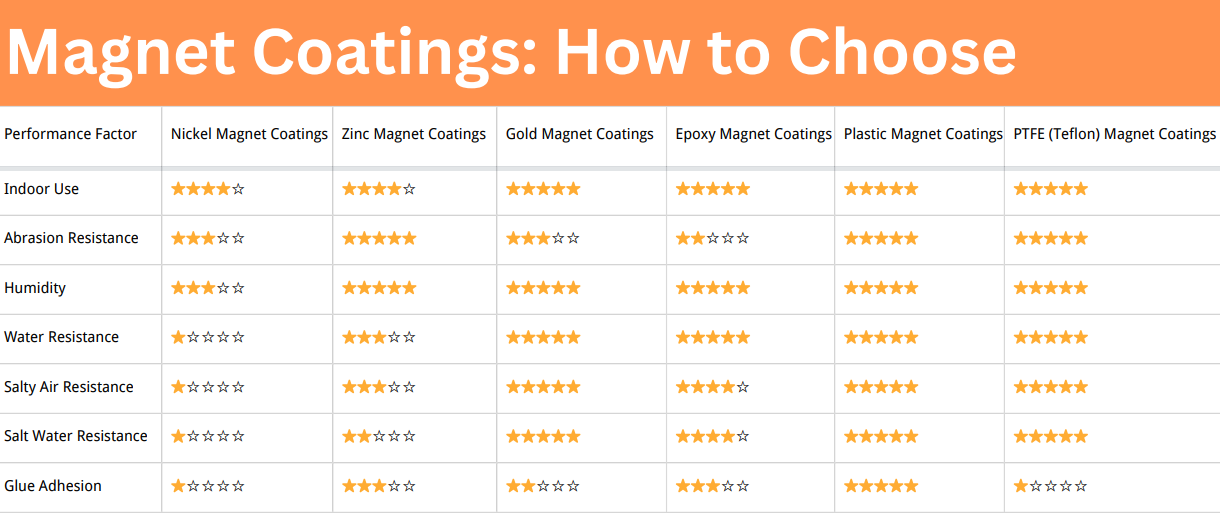How Magnets Work?
Magnets are closely related to our lives and have a wide range of applications. They are widely used in various fields such as electroacoustics, permanent magnet motors, communications, automotive electronics, magnetic machinery, aerospace, computers, household appliances, medical equipment, toys, packaging boxes, leather products, jewelry, and so on. But few people really understand how magnets work. So in this article, we'll try to find answers to that question.  How Magnets Work?
How Magnets Work?
There are currently two different types of magnets on the market, namely permanent magnets such as neodymium magnet, ferrite magnet, samarium cobalt magnet, and AlNiCo magnet, and non-permanent magnets like electromagnets. Unlike electromagnets, which are composed of a loop of wire wound around a steel core and require current to generate magnetic fields, permanent magnets are called permanent magnets because their magnetic properties are permanent, and they generate their permanent magnetic fields. This article explains how permanent magnets work. The working principle of a permanent magnet is related to its atomic structure. Most materials are composed of molecules, molecules are composed of atoms, and atoms are composed of nuclei and electrons. Inside the atom, electrons keep spinning and rotate around the nucleus. Both of these movements of electrons can produce magnetism. But in most substances, the direction of electron movement is different and disordered, and the magnetic effects cancel each other out. Therefore, most substances are not magnetic under normal circumstances.
 How Magnets Work?
How Magnets Work?
Ferromagnetic substances such as iron, cobalt, nickel, or ferrite are different. The electron spins within them can be arranged spontaneously within a small range to form a spontaneous magnetization zone. This spontaneous magnetization zone is called a magnetic domain. Each magnetic domain has its own north and south poles, so each magnetic domain is essentially like a tiny magnet! After the ferromagnetic substance is magnetized, the internal magnetic domains are neatly arranged and aligned in the same direction, so that the magnetism is strengthened to form a magnet. The iron absorption process of the magnet is the process of magnetizing the iron block. The magnetized iron block and the magnet generate attraction between different polarities, and the iron block is firmly "stuck" to the magnet. At this point, we say that the magnet is magnetic.
 How Magnets Work?
How Magnets Work?
Conclusion
Thank you for reading our article and we hope it can help you to have a better understanding of how magnets work. If you want to know more about magnets, we would like to recommend to visit Stanford Magents for more information. As a leading magnet product supplier across the world, Stanford Magnets has been involved in R&D, manufacturing, and sales of permanent magnets since the 1990s and provides customers with high-quality rare earth permanent magnetic products and other non-rare earth permanent magnets at a very competitive price.














